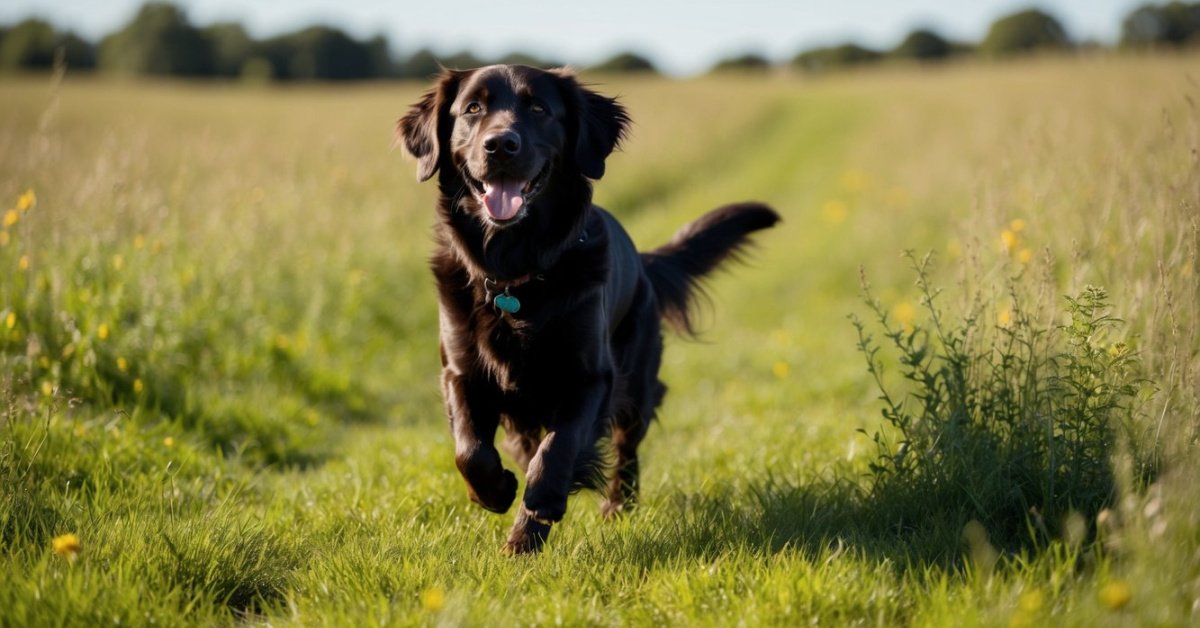Golden Retrievers are one of the most beloved dog breeds around the world, known for their friendly nature and intelligence. But did you know that these furry companions can vary quite a bit depending on where they come from? Whether it’s the sleek, athletic lines of European Goldens or the stockier American varieties, regional differences shape their appearance, temperament, and even health.
Overview of Golden Retrievers
Golden Retrievers are known for their friendly demeanor and high intelligence. They excel in companionship and work, often serving as therapy or service dogs. Their appearance varies significantly by region, with American and European varieties showing distinct differences.
American Golden Retrievers tend to have a lighter coat, ranging from pale golden to a deeper shade, and they typically possess a more athletic build. These dogs often display a more energetic temperament, making them ideal for active families or those involved in dog sports.
European Golden Retrievers, on the other hand, usually feature a darker, richer coat and a sturdier frame. Their calmer demeanor can make them suitable for quieter households. These traits might be preferred in therapy roles, aligning with their gentle nature.
Health concerns also differ regionally. American Goldens face a higher risk of certain conditions like hip dysplasia and cancers, whereas European Goldens are bred with a focus on longevity and health, which may result in fewer hereditary issues.
Understanding these regional differences helps potential owners make informed choices, ensuring they select the right Golden Retriever that fits their lifestyle and needs.
Factors Influencing Regional Differences
Several factors influence the differences seen in Golden Retrievers across various regions. Climate, environment, and local preferences play crucial roles in shaping the breed’s characteristics and overall well-being.
Climate and Environment
Climate impacts the coat types and health of Golden Retrievers. In warmer regions, lighter coats are favored for heat tolerance, while cooler areas may prefer dogs with thicker fur for insulation. For instance, American Goldens thrive in active outdoor lifestyles, benefiting from robust exercise in diverse weather conditions. European Goldens often adapt well to milder climates, making them suitable companions for indoor and outdoor activities. Additionally, variations in natural terrain affect exercise routines, influencing the breed’s energy levels and health management.
Local Preferences and Trends
Local preferences significantly shape the breed’s popularity and selection criteria. Urban areas lean towards calmer temperaments, focusing on companionship and stability, often favoring European Golden Retrievers for their serene nature. Rural communities may prioritize energy and athleticism, promoting American Goldens for their active lifestyles. Trends also evolve with society’s interests; for example, an increasing focus on health-conscious breeding practices in recent years results in a demand for healthier lines, impacting breeding standards.
Golden Retriever Differences by Region
Golden Retrievers exhibit distinctive differences based on region, affecting their appearance, temperament, and overall health. Understanding these variations helps in selecting the ideal companion.
North America
American Golden Retrievers stand out with lighter coats and athletic builds. Their energetic personalities suit active families and outdoor lifestyles. Health issues, such as hip dysplasia and skin conditions, are more prevalent in this region. These concerns emerge from selective breeding practices. Urban areas often favor these high-energy dogs, while some rural settings appreciate their adaptability in various environments. Training and socialization are essential for harnessing their playful nature.
Europe
European Golden Retrievers feature darker coats and robust frames. Their calmer demeanor makes them ideal for therapy roles and family companionship. This variety prioritizes health and longevity, with reduced risks of genetic disorders due to stringent breeding practices. Cooler climates in Europe also influence coat thickness, promoting better insulation. Local preferences in Europe lean towards stable temperaments, making these dogs a popular choice for families seeking a more serene companion.
Asia
In Asia, Golden Retrievers often reflect a mix of American and European traits. Variations in coat color and temperament exist due to diverse breeding practices. The region’s climates influence coat types, with warmer areas leaning towards lighter, more breathable coats. Urban environments appreciate the sociable nature of these dogs, making them perfect for companionship in city settings. However, health considerations remain crucial, as breeders aim for a balance between looks and health to meet growing demands for healthy pets.
Common Traits Across Regions
Golden Retrievers share several common traits regardless of their regional variations.

- Temperament: Friendly demeanor remains consistent across regions. They display loyalty and love for their families. Social behavior appeals to various households, making them excellent companions and therapy dogs.
- Intelligence: High intelligence characterizes all Golden Retrievers. This trait makes them highly trainable, enabling effective communication with humans. Their ability to learn commands quickly enhances their role as service animals and family pets.
- Affectionate Nature: Affectionate tendencies exist in Golden Retrievers worldwide. They thrive on companionship and enjoy spending time with their families. They often exhibit a playful attitude, appealing to both children and adults alike.
- Playfulness: Playfulness is inherent among Golden Retrievers, fostering healthy interactions with humans and other pets. This characteristic encourages physical activity, making them suitable for active families and enthusiastic companions for outdoor adventures.
- Versatility: Versatility defines this breed, as they adapt well to diverse environments and lifestyles. Whether residing in cities or rural areas, Golden Retrievers maintain their friendly disposition and adapt to their owner’s daily routines.
« 10 Fun DIY Puzzle Toys for Golden Retrievers: Boost Their Brain Power
Do Golden Retrievers Suffer from Anxiety? Signs, Causes, and Solutions Explained »
These common traits ensure Golden Retrievers remain a beloved breed, offering joy and companionship to families across the globe.
Conclusion
Choosing a Golden Retriever is about finding the right fit for your lifestyle and environment. With their friendly and adaptable nature these dogs can thrive in various settings. Whether you lean towards the energetic American variety or the calm and sturdy European type each brings unique qualities to the table.
As I’ve learned regional differences can greatly influence not just appearance but also temperament and health. It’s fascinating to see how factors like climate and local preferences shape these beloved companions. Ultimately understanding these nuances helps ensure that you’ll have a happy and healthy Golden Retriever by your side.











